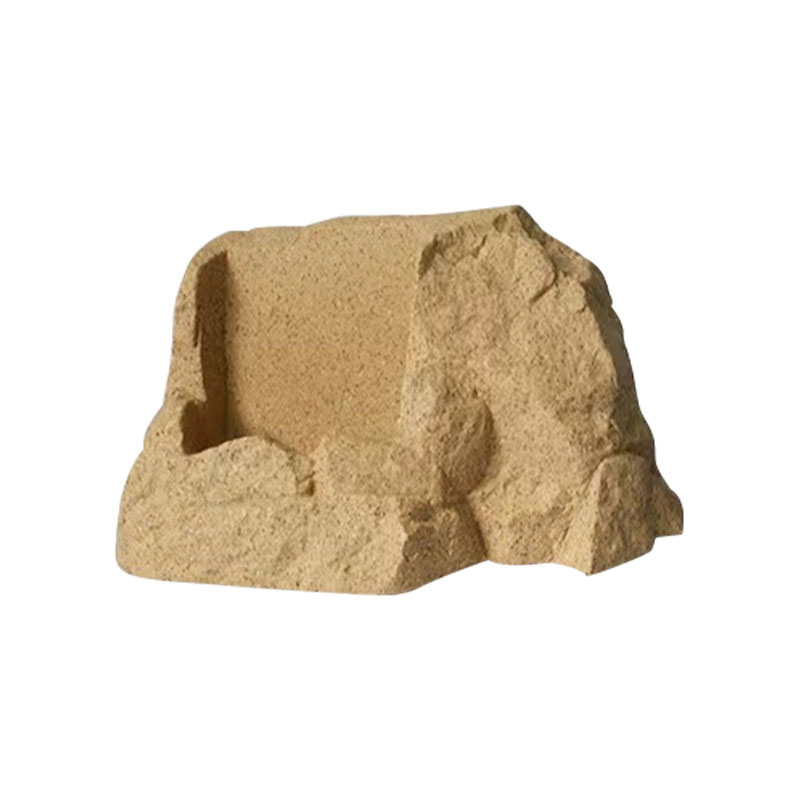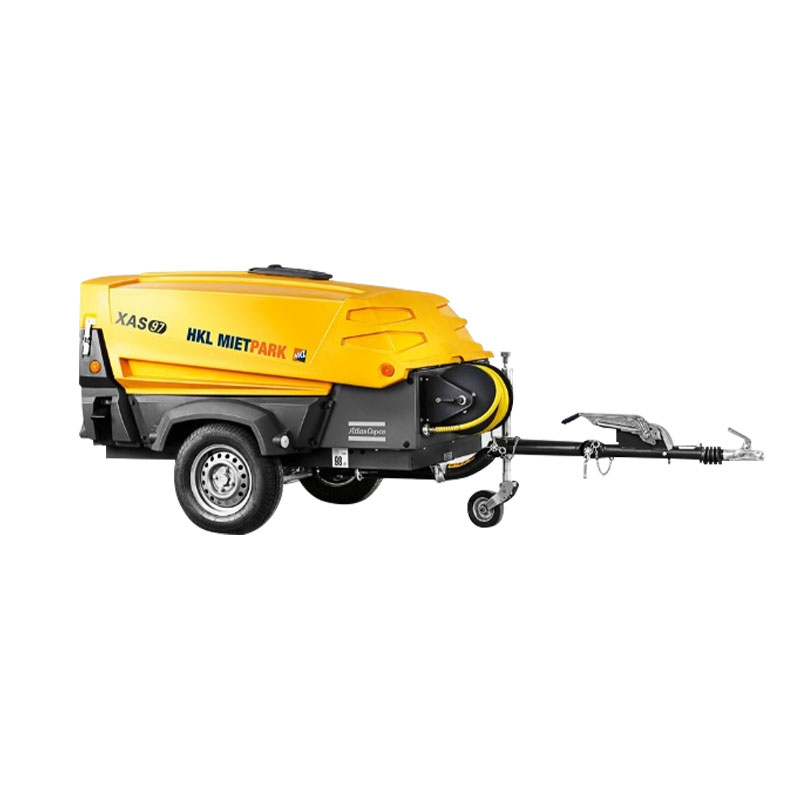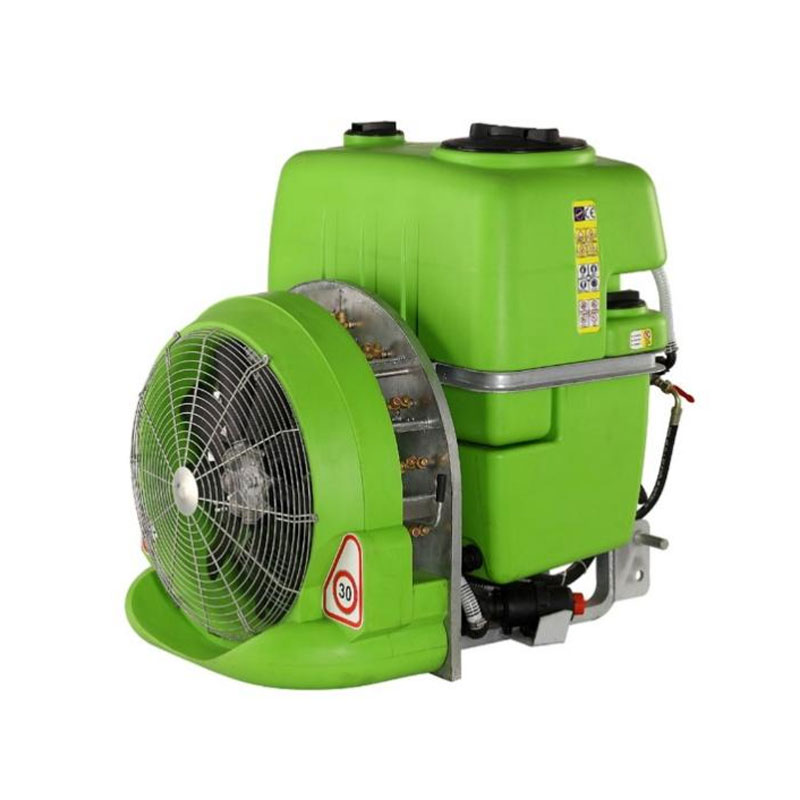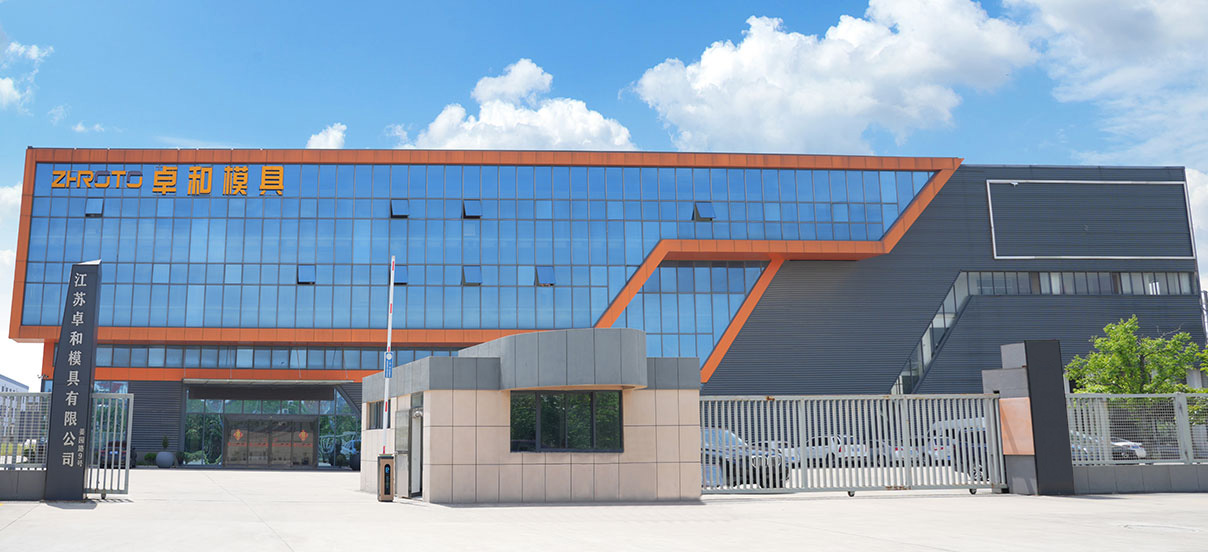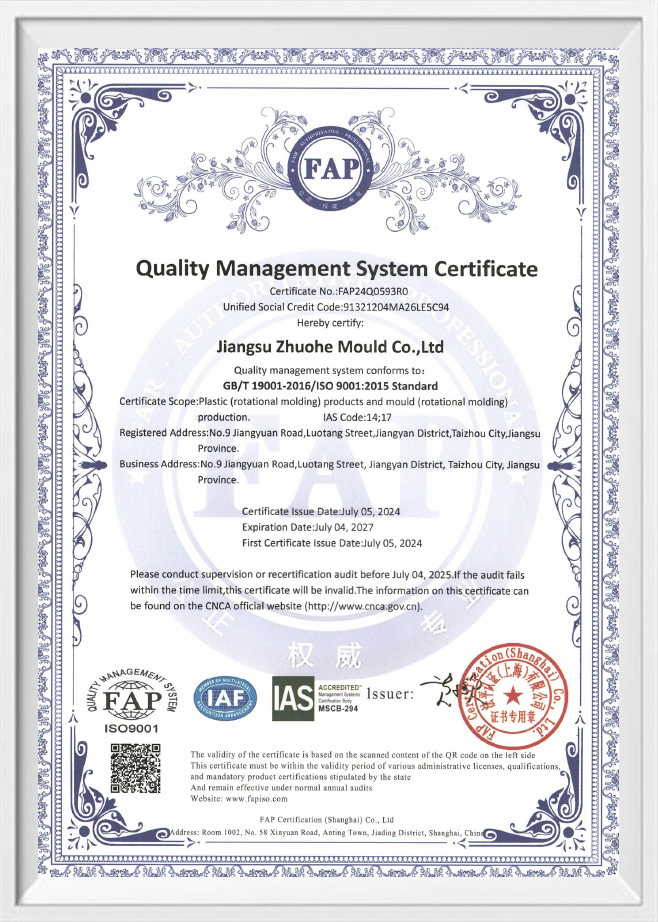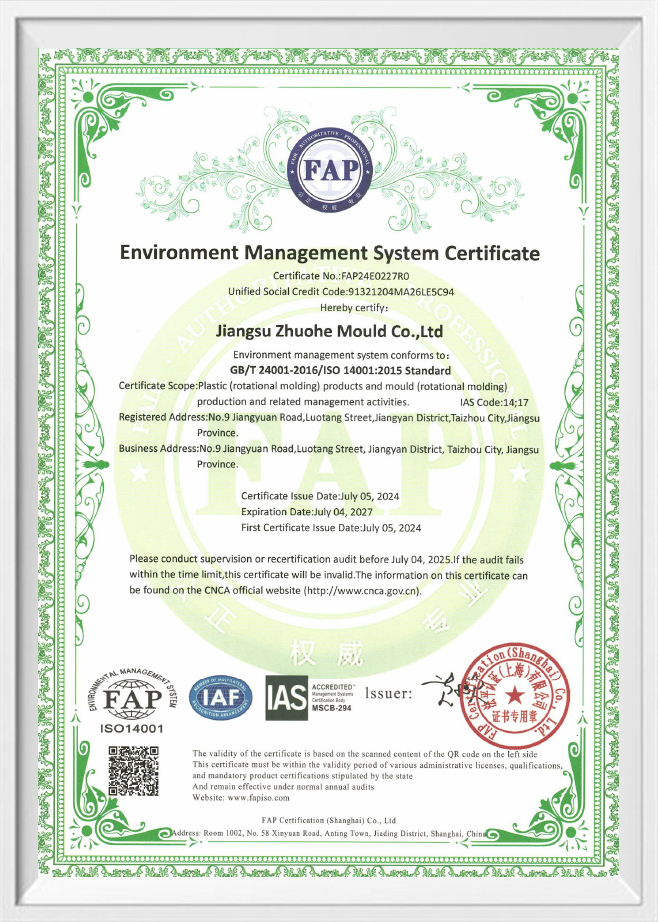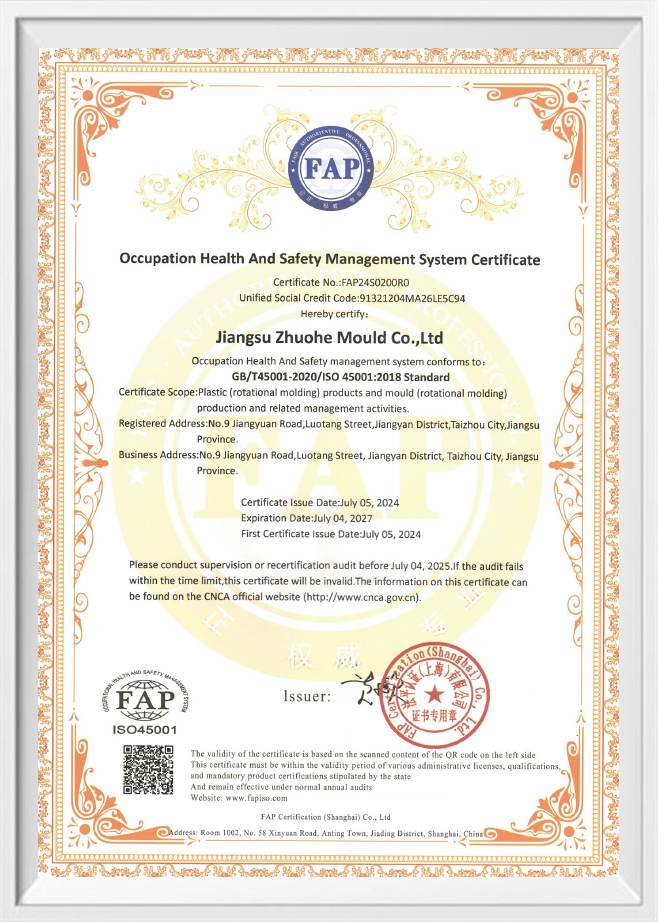What special requirements need to be considered during the design and manufacturing process of military box molds to meet military standards and specifications?
The following special requirements need to be considered during the design and manufacturing process of military box molds to ensure compliance with military standards and specifications:
Durability and strength:
Impact resistance: The molds and finished products need to withstand severe impacts and drops, so the materials and designs must have high impact resistance.
Corrosion resistance: Since the military environment may involve extreme climates, the materials need to have excellent corrosion resistance.
High/low temperature resistance: The molds and boxes need to be able to maintain stable performance under extreme temperatures.
Waterproof and sealing:
Waterproof design: The box needs to have good waterproof performance to protect the internal equipment from the influence of humid environment.
Sealing: The mold design needs to ensure the sealing of the box to prevent the intrusion of external substances such as dust and sand.
Dimensional accuracy and tolerance:
Strict dimensional tolerance: Military equipment often requires precise matching, and the manufacturing accuracy of the mold must meet strict tolerance requirements.
Modular design:
Flexibility and adaptability: Military boxes often need to adapt to different equipment and configurations, and mold design should consider modularity and adjustability.
Meet military standards:
Follow standards: Mold design and manufacturing must comply with specific military standards and specifications, such as MIL-STD (US military standards).
Certification and testing: Molds and the boxes they produce usually need to undergo rigorous certification and testing, including durability testing, environmental testing, etc.
Manufacturing process:
High-precision processing: High-precision processing equipment is required during the manufacturing process to ensure that the performance indicators of the mold and box meet the requirements.
Quality control: There must be a strict quality control process, including material inspection, processing monitoring and final inspection.
Which technologies and equipment are necessary in the manufacturing process of military box molds?
The manufacturing process of military box molds involves multiple technologies and equipment, which are the key to ensuring the performance, precision and durability of the mold. The following are some necessary technologies and equipment:
CNC machining center:
Purpose: Used for high-precision cutting, capable of achieving complex shapes and high-precision mold parts.
Features: With automated control, suitable for milling, turning, drilling and other processing methods.
Electrical discharge machining (EDM):
Purpose: Used for processing complex cavities and fine details, especially suitable for hard materials.
Features: Through electric spark erosion of materials, high-precision processing can be achieved.
Laser cutting machine:
Purpose: Used for precise cutting of metal sheets and other materials, suitable for making complex mold structural parts.
Features: High cutting accuracy and small heat-affected zone.
CNC grinder:
Purpose: Used for fine grinding of molds to ensure surface finish and dimensional accuracy.
Features: Able to achieve very high precision and finish requirements.
Injection molding machine:
Purpose: Used to produce plastic parts for military boxes. Molten plastic is injected into the mold to form parts through the injection molding process.
Features: Suitable for large-scale production, capable of complex shapes and high-precision molding.
Material testing equipment:
Purpose: Used to test the physical and chemical properties of mold materials, such as hardness, toughness, corrosion resistance, etc.
Features: Ensure that the materials used meet military standards and performance requirements.
Mold testing machine:
Purpose: Used to test the manufactured mold to verify its performance and durability.
Features: Including pressure testing, sealing testing, high temperature/low temperature resistance testing, etc.
Welding equipment:
Purpose: Used for assembly and repair of molds, especially those that require high-strength connections.
Features: The welding process must ensure the strength and stability of the joint.
Heat treatment equipment:
Purpose: Heat treatment of mold materials to improve their hardness and wear resistance.
Features: Including quenching, tempering, annealing and other processes to ensure the long-term stability of the mold.

 English
English 中文简体
中文简体 русский
русский Español
Español

